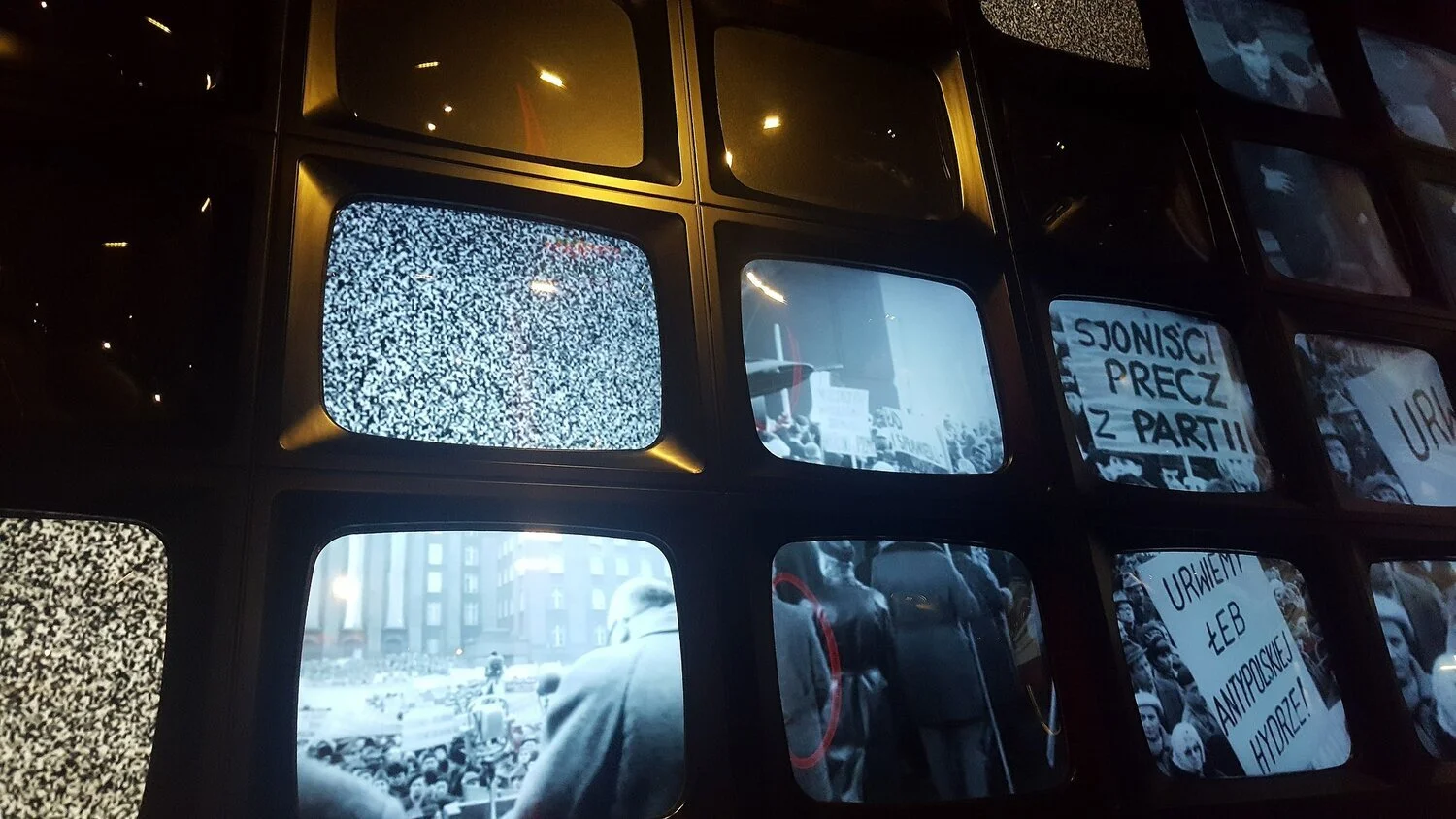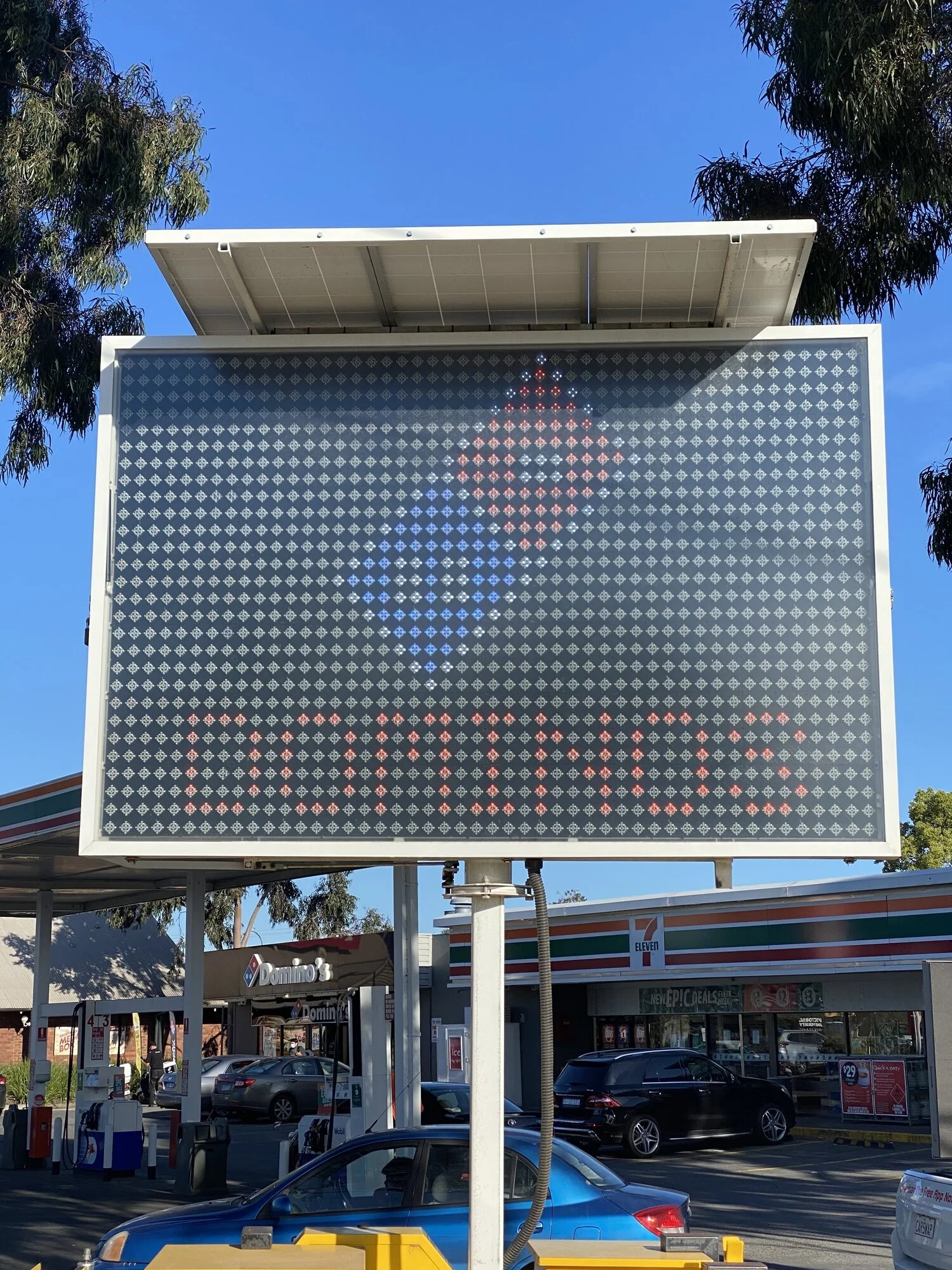Common Misinformation about Electronic Messaging Centers
Oftentimes there is misinformation being given about optimal viewing distances and pixel pitches. The idea has been floating around that if a viewer is farther away from a display, the best display pixel pitch would be P16 or higher. Some people think that if someone is standing at a viewing distance that is greater than the optimal viewing distance, they tend to go with the next pitch up. Which may sound logical, but what happens when the viewer is closer than that? The image on that P16 will look pixelated and not as sharp. Why would you not put a display in its place that is clear no matter the viewing distance, allows you to display the details of the product you are displaying, and allow you to deliver a very clear message to your target audience?
Until recently it was thought that the higher resolution pixel pitches (≤P10) were best for close up viewing distances and not for viewing distances that are farther away. While it sounds like a great selling point to get a sign owner to focus on buying a P16 or P12, because their viewers may be farther away, at greater distances, the higher resolution pixel pitch (P4 or P6), enables the viewer to see finer fonts and details within an image. For the same distance, if you need ten pixels by 10 pixels to show one character then in the same space that P20 shows one character, a P10 can show 4 characters and P6 can show 9 characters!
To illustrate this further, imagine an everyday living room.
Now imagine that there are two television sets in this room; one from the 1960’s and one that is a 2020 4k TV. The 1960’s TVs didn’t have the technology to produce a picture with the resolution near what it is today; the picture was not as clear, the resolution was terrible, and more than likely your TV was in black and white. If you are up close, the older TV will be more pixelated than 4k TV. When the technology advanced, you didn't change the furniture configuration in your living room and move your couch closer to the TV, did you?
The difference in the amount of detail that can be seen in the picture quality between the 1960s and today shows a stark difference in the technology. The image shows a significant amount of detail and the color range that you see is vastly wider - NO MATTER THE VIEWING DISTANCE.
Additional changes with the advancement of technology include the increase in brightness with the same or less power usage, increase in reliability, the ease of servicing the display, fewer more integrated parts with less room for malfunction, and has significantly more features (supports more functions), are all due to innovations in software/hardware technology. It makes it clear that when you compare this old and new technology which one would make the most sense to invest in when purchasing.





